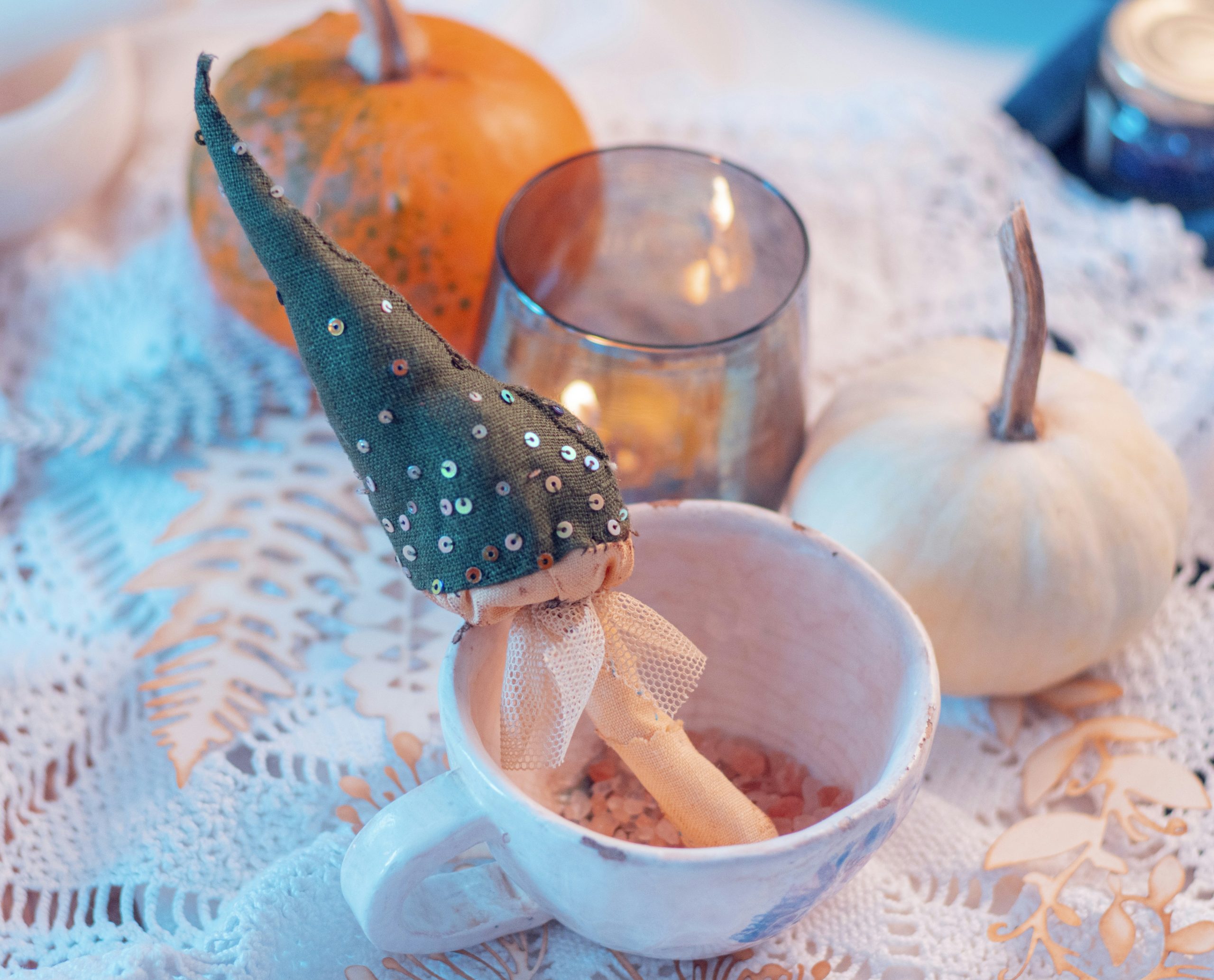Why Are Tencel Pants Considered a Sustainable Wardrobe Essential?
Introduction to Tencel Fabric
In a world increasingly aware of the impact of fashion on our planet, making sustainable choices has never been more crucial. Enter Tencel pants—an eco-friendly wardrobe staple that combines style, comfort, and sustainability. Made from sustainably sourced wood pulp, these innovative trousers are not just another trend; they represent a shift towards responsible clothing options. As consumers become more mindful about their purchases, Tencel pants stand out as an essential choice for anyone looking to enhance their closet while being kind to Mother Earth. Let’s dive into what makes these versatile garments so special and why they deserve a place in your sustainable wardrobe.
Benefits of Tencel Pants for the Environment
Tencel pants are a game changer for eco-conscious fashion lovers. Made from sustainably sourced wood pulp, they offer a natural alternative to synthetic materials.
One of the standout benefits is their biodegradability. Unlike polyester and nylon, which can linger in landfills for centuries, Tencel fabrics break down quickly when disposed of properly. This reduces waste significantly.
Additionally, Tencel production uses less water than traditional cotton farming. This conserves precious resources while still producing soft and breathable fabric that feels great against your skin.
The closed-loop process used during manufacturing recycles solvents and minimizes harmful emissions. As a result, fewer pollutants enter our environment compared to conventional textile production methods.
Choosing Tencel pants means supporting sustainable practices that prioritize the planet’s health without sacrificing style or comfort. It’s an effortless way to make an impactful statement through your wardrobe choices.
Sustainable Production Process of Tencel
The production of Tencel fabric is a remarkable blend of innovation and environmental responsibility. It starts with sustainably sourced wood, primarily from eucalyptus trees. These trees grow quickly and require minimal water compared to Tencel Pant traditional cotton.
Once the wood is harvested, it undergoes a closed-loop process that recycles water and solvents used in manufacturing. This method significantly reduces waste and pollution, setting Tencel apart from many other fabrics.
Additionally, the entire production cycle prioritizes eco-friendliness by using biodegradable materials. The result is a soft, breathable fabric that feels great against your skin while making a positive impact on the planet.
Choosing Tencel pants means supporting sustainable practices at every step—from forest to fashion. You can wear them knowing they align with your values without compromising on quality or comfort.
Versatility and Style of Tencel Pants
Tencel pants are a game-changer in the fashion world. Their unique fabric drapes beautifully, creating flattering silhouettes for various body types.
Whether you’re heading to the office or meeting friends for brunch, Tencel pants seamlessly transition between occasions. Pair them with a crisp shirt for a polished look or dress them down with your favorite tee.
The rich texture of Tencel adds an element of luxury that feels soft against your skin. Plus, they come in various styles—culottes, wide-leg trousers, and tailored fits—all designed to elevate any outfit.
Color options are plentiful too. From earthy tones to vibrant hues, there’s something suitable for every season and mood.
Accessorizing is easy; these versatile bottoms complement everything from statement jewelry to casual sneakers. With Tencel pants in your wardrobe, style knows no bounds.
How to Care for Your Tencel Pants

Caring for your Tencel pants is straightforward. First, always check the care label for specific instructions.
When washing, opt for a gentle cycle with cold water to preserve the fabric’s integrity and color. Use mild detergent without harsh chemicals to avoid damaging the fibers.
Air drying is preferable if you want to maintain their shape and softness. Lay them flat or hang them up instead of tossing them in the dryer, which can cause shrinkage or distortion.
Ironing should be done on low heat if necessary—Tencel tends to wrinkle less than other fabrics, so frequent ironing isn’t usually required.
Store your Tencel pants in a cool, dry place away from direct sunlight. This will help maintain their vibrant look and soft feel over time. By following these simple steps, you can enjoy your stylish Tencel pants longer while keeping them looking fresh and new.
Brands That Offer Tencel Pants as Part of Their Sustainable Collections

Several brands have embraced Tencel pants as part of their commitment to sustainability. These companies prioritize eco-friendly materials while providing stylish options for the conscious consumer.
Everlane is known for its transparent pricing and ethical practices. Their Tencel pants blend comfort with modern aesthetics, making them a staple in many wardrobes.
Reformation stands out by offering trendy designs that highlight sustainable fabrics. Their collection includes chic Tencel pants perfect for various occasions, from casual outings to office wear.
Another notable brand, tentree, plants ten trees for every item sold. Their Tencel offerings are not only fashionable but also contribute positively to the environment.
Patagonia continues its legacy of environmental responsibility with versatile Tencel trousers designed for outdoor adventures and everyday life alike. These brands showcase how style can seamlessly align with sustainable practices through innovative fabric choices like Tencel.
Alternatives to Tencel Fabric and Their Impact on the Environment
When considering fabric alternatives to Tencel, cotton often comes up. While it’s a natural fiber, Tencel Pant supplier conventional cotton farming uses vast amounts of water and pesticides. This can lead to soil degradation and pollution.
Another common choice is polyester. Made from petroleum, it’s not biodegradable and contributes significantly to plastic waste in our oceans. The production process also emits harmful greenhouse gases.
Viscose is yet another option but shares similar environmental concerns as polyester. It requires deforestation for wood pulp, impacting biodiversity and releasing carbon stored in trees.
Bamboo fabric has gained popularity due to its eco-friendly image; however, the processing methods can involve toxic chemicals that harm both workers and ecosystems.
Each alternative comes with its own set of challenges that affect sustainability efforts. Understanding these impacts helps consumers make informed choices about their wardrobe essentials.
Conclusion: Making Sustainable Fashion Choices with Tencel Pants
As we navigate the complexities of fashion’s environmental impact, Tencel pants emerge as a sensible choice for those committed to sustainable living. Their eco-friendly fabric offers numerous benefits, from reduced water consumption to biodegradability. With a production process that prioritizes sustainability and minimal waste, Tencel stands out in the textile industry.
Not only do these pants support ethical manufacturing practices, but they also provide versatility and style—making them suitable for various occasions. Caring for your Tencel pants is straightforward, ensuring longevity while maintaining their quality and comfort.
The market now features several brands that prioritize eco-consciousness by incorporating Tencel into their collections. This shift signifies a growing awareness among consumers about the importance of making informed choices.
While alternatives exist, many lack the same level of sustainability as Tencel. Choosing wisely can help us collectively reduce our carbon footprint and embrace more responsible fashion options.
Opting for Tencel pants not only enhances your wardrobe but also contributes positively to the planet’s health. Each step towards sustainable fashion counts, making it essential to consider what goes into our closets—the choices we make today lay down pathways toward a greener future tomorrow.



